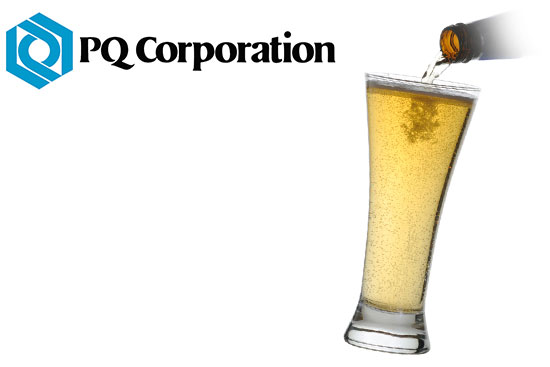Britesorb D300 Xerogel

Britesorb D300
Britesorb D300 - Silica Xerogel is an amorphous, free flowing powder of approximately 5% moisture content. Pound for pound, it is a more effective stabilizer than Silica Hydrogel. BRITESORB D300 utilizes the same adsorption principals as A100, but in addition, BRITESORB D300 is activated by a patented process that increases its affinity for sensitive protein. This typically allows for short contact times and reduced dose rates. A good candidate to stabilize difficult brews, BRITESORB D300 has a good permeability factor and can be used in conjunction with PVPP. Product Details
Videos
Educational Webinars
Gallery
Downloads
Product Details
Key Features
- Food-grade product
- Extends non-biological beer stability by removal of haze-forming proteins
- Does not affect beer foam active components
- Insoluble in beer
- Accepted by all brewing traditions
- Non-hazardous and environmentally friendly
- Cost-effective
Pack Size: 40 lbs
Particle Size: ~ 12 um
Dose Rate:
- Beer up to 70% malt
- 25-40 g/hL (~6-10 lb/100 US bbl)
- Beer more than 70% malt
- 40-60 g/hL (~10-15 lb/100 US bbl)
Contact time: 5 minutes
Permeability: 0.05 D’Arcy
Sizes: 40 lb bags
Preparation of Stabilizers
The amorphous powder should be mixed with deoxygenated water at a 10% w/w ratio. (1 kg powder: 10 liters DAW or ~8 lb: 10 USG DAW). The use of a CO2 sparger in the slurry water will help to deoxygenate the water. Agitate slurry for at least 20 minutes prior to addition.
Dosing of Stabilizers
- Inline Method: Slurry is dosed proportionally into the beer stream by means of a metering pump. The products are allowed react with the beer. Depending upon contact time required for each product a buffer tank may be utilized. Resultant sediments can be removed via centrifuge and/or filtration.
- Batch Method: Add Silica Xerogel into the product while filling the finishing tank. Add the stabilizing agent proportionally during the fill or as a single shot method through the spray ball arm. Once the stabilizing agent has reacted with the respective protein or tannin, it will settle to the bottom of the tank as sediment. Settling times vary due to tank geometry and stabilizer/protein/tannin complex size. The stabilized beer can be separated from the sediment prior to filtration and any leftover sediment is easily removed during CIP. Inadvertent over-dosing or contact time of several days causes no negative effects in the beer.
For more information on beer chill haze stabilization and the use of stabilizing agents, please contact your Gusmer representative.
Videos
Educational Webinars
Gallery
